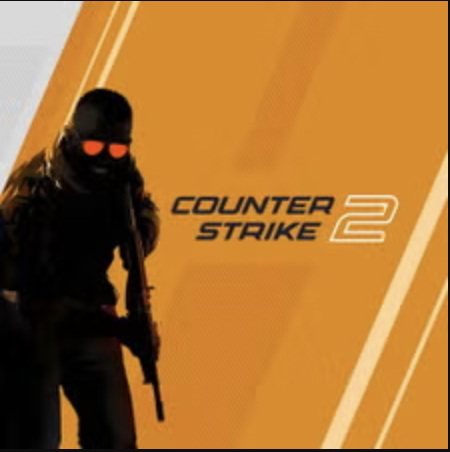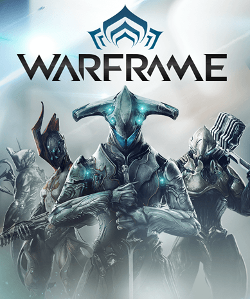K-Pop Demon Hunters Sequel Confirmed, But Fans Are Worried About a Major Creative Change
Popular Now
 Call of Duty
Call of Duty
 Sonic the Hedgehog™ Classic
Sonic the Hedgehog™ Classic
 Roblox
Roblox
 Among Us
Among Us
 Black Myth: Wukong
Black Myth: Wukong
 Candy Crush Saga
Candy Crush Saga
 Geometry Dash
Geometry Dash
 Free Fire Max
Free Fire Max
 CarX Street
CarX Street
 Grand Theft Auto VI
Grand Theft Auto VI
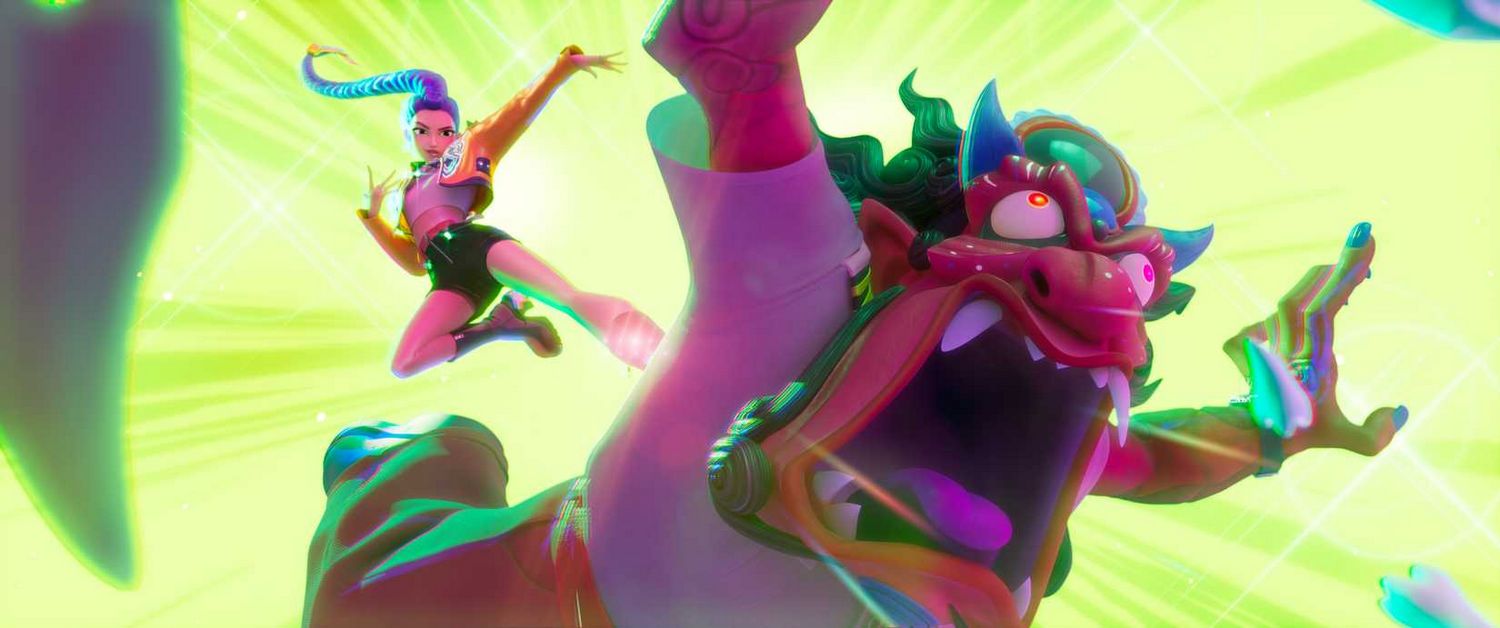 The global phenomenon that is K-Pop Demon Hunters is officially getting a sequel, but the news comes with a creative decision that has left many fans feeling a bit conflicted. While the runaway success of the animated musical has made a follow-up seem inevitable, co-director Maggie Kang has hinted at a major shift in the series’ direction. In a recent interview, she confirmed that the next film would likely not focus on the main character, Rumi, but would instead explore the backstories of the other members of HUNTR/X. This “terrible catch” for many fans, who have grown to love the main cast, suggests that the sequel will expand the world by moving away from what made the first film so successful.
The global phenomenon that is K-Pop Demon Hunters is officially getting a sequel, but the news comes with a creative decision that has left many fans feeling a bit conflicted. While the runaway success of the animated musical has made a follow-up seem inevitable, co-director Maggie Kang has hinted at a major shift in the series’ direction. In a recent interview, she confirmed that the next film would likely not focus on the main character, Rumi, but would instead explore the backstories of the other members of HUNTR/X. This “terrible catch” for many fans, who have grown to love the main cast, suggests that the sequel will expand the world by moving away from what made the first film so successful.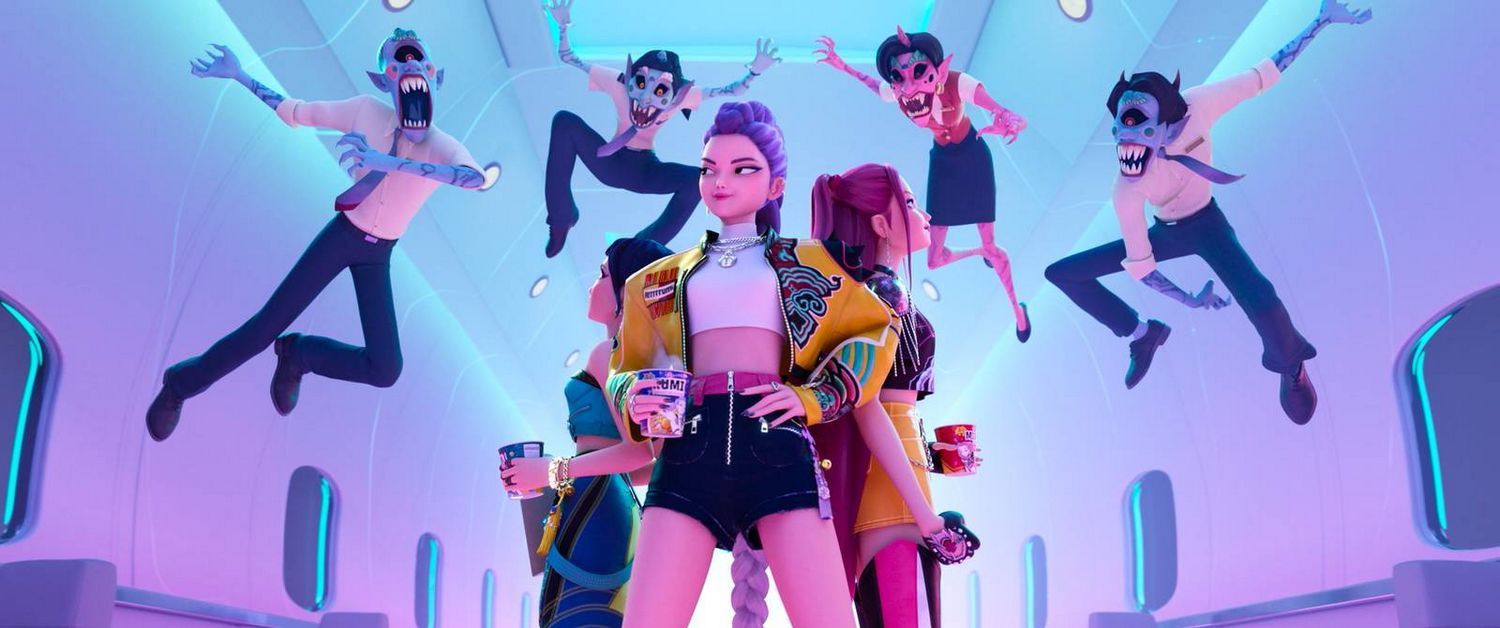
The original film, which has become Netflix’s most-watched animated movie, was a powerful and emotional story centered around Rumi’s journey as the leader of a K-pop group who also secretly hunt demons. The character’s arc, along with the incredible voice work of the cast, was a major factor in the film’s success. The announcement that the sequel will shift its focus to the other members, while potentially interesting, has sparked a debate among fans. Many feel that the emotional core of the first film would be lost, and that the narrative would be less compelling if it didn’t continue Rumi’s story. The news is a fascinating look into the challenges of building a franchise from a standalone hit and the tension between creative freedom and player/fan expectations.
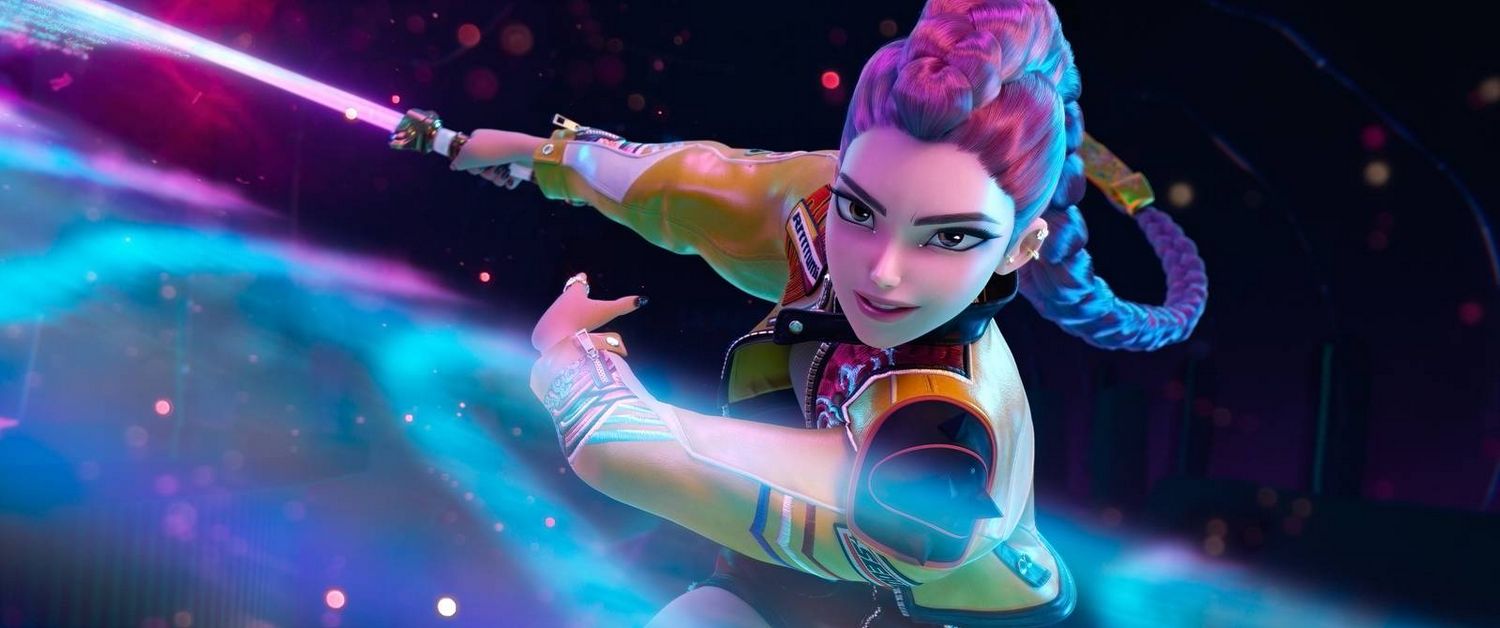 Unpacking the Creative Decision: An Anthology Approach
Unpacking the Creative Decision: An Anthology Approach
Co-director Maggie Kang has confirmed that the vision for the K-Pop Demon Hunters universe is to create a series of interconnected stories, much like an anthology. While the first film centered on Rumi, subsequent films would explore the origins and backstories of the other characters, such as Mira and Zoey. Here is a breakdown of why this approach is causing so much discussion:
- Loss of Connection: Fans have spent significant emotional energy connecting with the core cast of the first film, particularly Rumi. The prospect of a sequel that doesn’t continue her story is a major concern. The emotional climax of the first film was tied to Rumi’s personal journey, and many feel that a new story, even with the same characters, might not have the same resonance.
- The Unfinished Story: While the film’s ending provides a sense of closure, it also leaves a lot of lore and narrative threads to be explored, such as the full extent of the demon world, the fate of the Saja Boys, and the origins of the demon hunters. The community was hopeful that a sequel would delve deeper into this lore with the characters they’ve grown to love. The prospect of a new cast exploring these themes risks making the original film feel less connected to the larger narrative.
- Creative Freedom vs. Fan Expectations: The move allows the creative team immense freedom to explore new genres and narrative tones. However, it directly challenges the vocal demand for more content featuring the original cast. While a sequel has been “greenlit” by Sony and Netflix, the lack of confirmation that it will be a direct continuation of Rumi’s story is a major point of contention. This is a very powerful high-CPC keyword discussion in the entertainment industry.
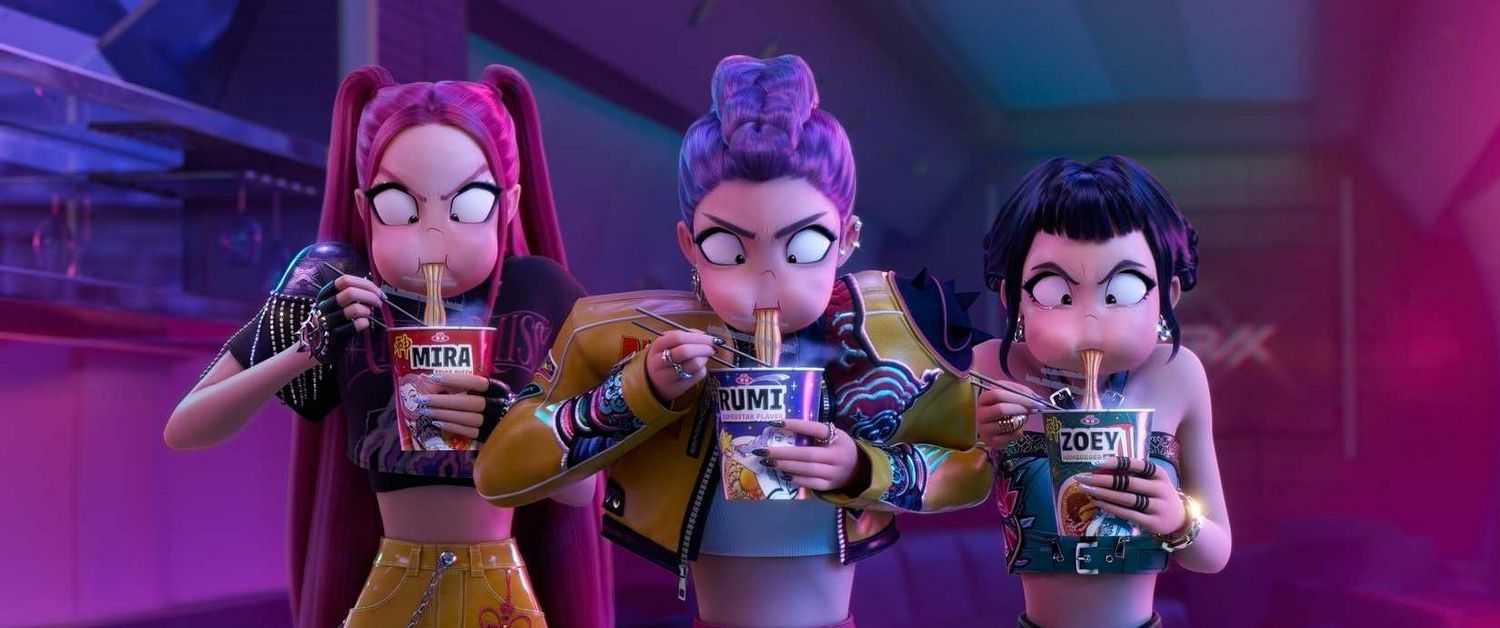 The Business of Building a Franchise from Scratch
The Business of Building a Franchise from Scratch
The decision to build K-Pop Demon Hunters as a franchise is a calculated business move that seeks to capitalize on the film’s success. By creating a series of interconnected stories, Netflix and Sony can expand the universe and create multiple revenue streams, including sequels, spin-offs, and even a potential stage musical. This approach is a testament to the film’s unexpected popularity and its potential to become a long-term multimedia property, but it also comes with risks. The creative team at Sandfall Interactive is in a precarious position, and their bold vision to create a series of standalone, high-concept narratives is a testament to their artistic integrity. It’s a move that seeks to make each game a unique, handcrafted experience. On the other hand, it’s a direct challenge to the very thing that made Clair Obscur: Expedition 33 so successful in the first place: its deeply personal, character-driven story. The developers have also confirmed that they will not be expanding their core team, which may mean that the wait for the next title could be long. This could further dampen the enthusiasm of players who are eager for a new experience in the franchise. The success of the next Clair Obscur game will hinge on its ability to create a new cast and narrative that are just as compelling, if not more so, than the first. The debate is a fascinating look into the modern gaming industry, where a developer’s artistic vision often clashes with the expectations of a consumer base that has become deeply invested in its characters and stories. Only time will tell if Sandfall Interactive’s next adventure will leave fans feeling “blue” in the best way possible.






